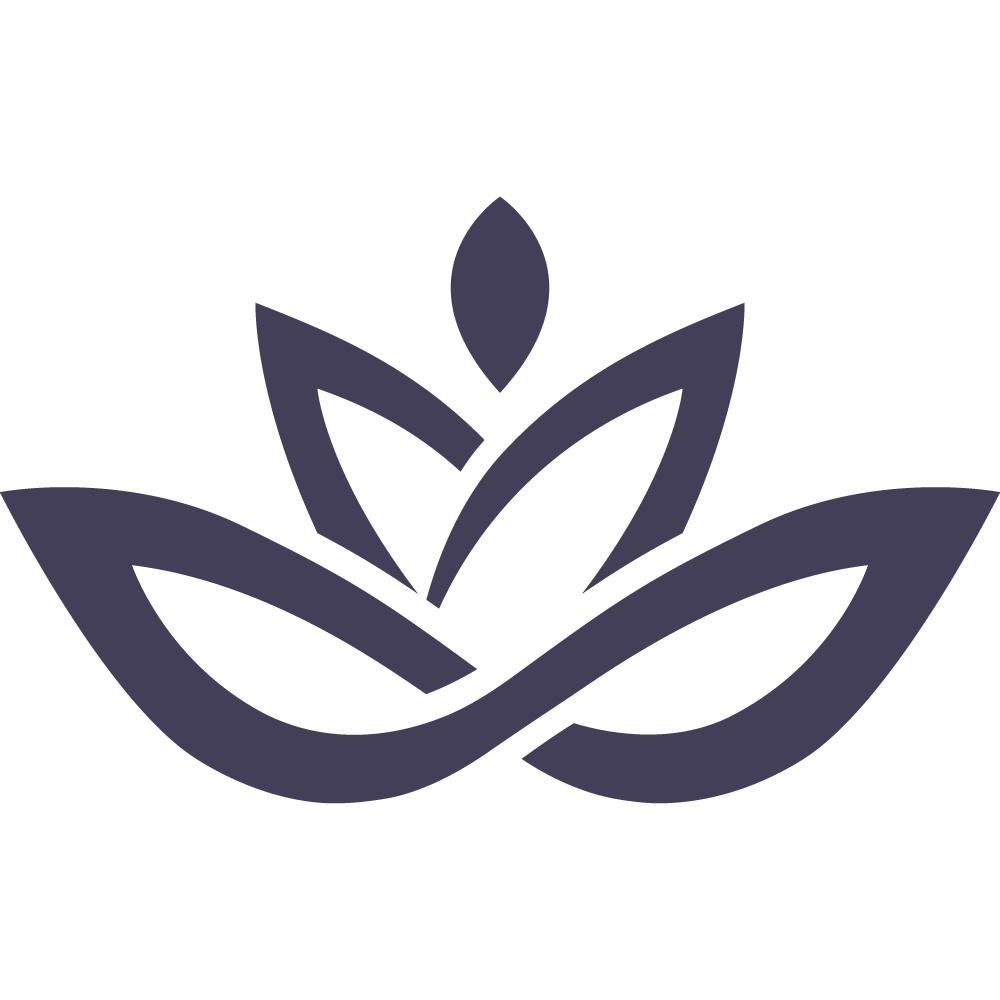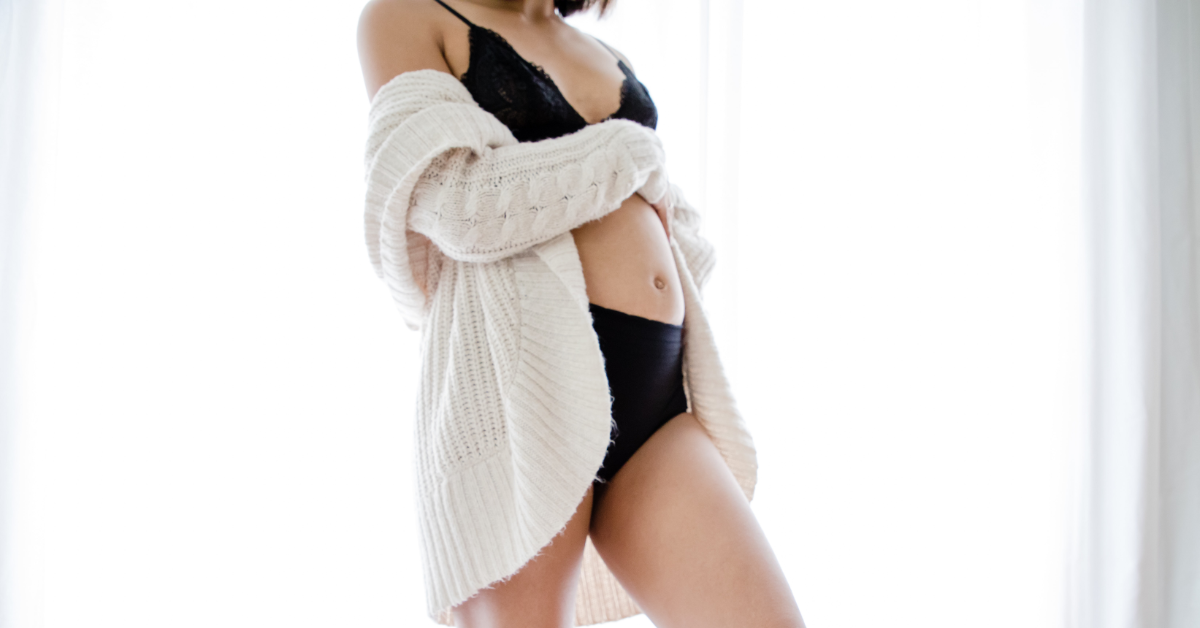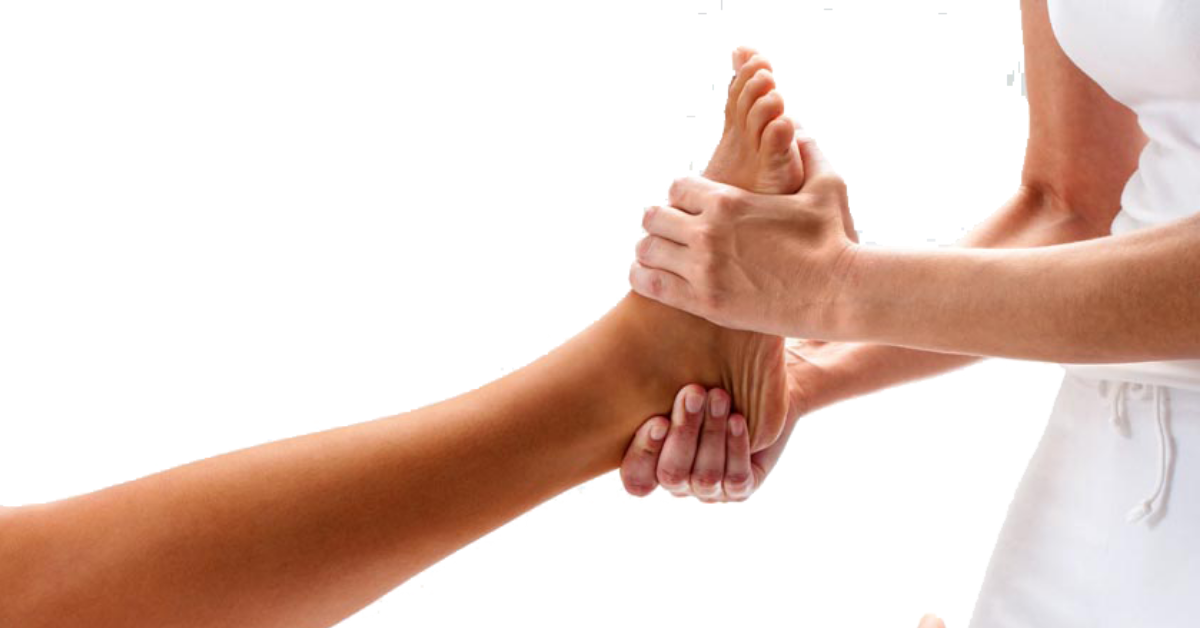Reflexology is a discipline that dates back more than a thousand years. Yet, people have their own misconceptions about it. Some have reported that this ancient practice has helped them in getting excellent treatment in a natural way. They say that reflexology relieved them completely of their physical conditions. A few others believe in the preventative nature of this natural complementary therapy.
Regardless of the opinions that people have about reflexology, it is becoming increasingly popular. Many people see it as an excellent means of maintaining natural health and well-being. It is now available in many hospitals in different parts of the world. Unfortunately, it still has many sceptics and there are several wrong beliefs about reflexology. Here, we’ve tried to dispel some common myths about this discipline:
Myth 1: Reflexology is just a foot massage
There’s no denying that massage is used during reflexology sessions, but that’s just a part of the treatment. Massage is mainly introduced in the closing part of the sessions by many reflexologists. It is not the only element used in this form of therapy. There are other soothing elements combined with massage in reflexology.
It would be wrong to think that a trained Clinical Reflexologist just performs a foot massage. Pressure and stimulation is given to precise reflex points corresponding to the organs and systems of the body. This promotes natural healing and recovery in the individual.
Myth 2: Reflexology is nothing but a fad
This is probably one of the biggest myths surrounding reflexology. This discipline has been around in some form or the other for centuries. The earliest evidence can be found on an ancient Egyptian tomb, which is over 4,500 years old. This practice has been documented in several ancient civilizations.
The modern form of reflexology was pioneered in the 1930s by Eunice Ingham. It has increased in popularity in recent times not because it’s a fad. Many individuals trust reflexology because it is a natural therapy that promotes health and well-being in them.
Myth 3: There’s no scientific evidence to suggest that reflexology works
Research studies done globally have pointed out several benefits of reflexology. These studies have concluded that it is effective in relaxing an individual. Besides, it reduces some psychological symptoms that result from anxiety, stress, and depression.
Many other studies have shown positive results when reflexology was used for relieving pain. Of course, there’s more clinical research to be done to support the strong anecdotal evidence that has been provided. This evidence has been given by people who have reaped the benefits of reflexology.
Myth 4: Reflexology is painful
In order to get the desired result, firm pressure is used under some circumstances. This should not be painful to the individual. At times, the reflexologist has to maintain good communication with his or her client. The reflexologist must also be sensitive and responsive to prevent any discomfort. A subtle change in pressure or technique may be required to ensure a balance of reflexes and the client’s comfort.
It would be imperative to use light and gentle pressure in the case of several clients. This is why it becomes important to take the medical history of the client into consideration. This must be done during the initial consultation so that the client’s individual needs could be understood.
Myth 5: A reflexologist can diagnose and treat illnesses or diseases
No professional reflexologist must attempt to prescribe conventional medicine. He or she must not even claim to have knowledge of conventional medicine. Unless the reflexologist is medically qualified, he or she must not prescribe conventional medications. It would be wrong to use reflexology as an alternative to seeking medical help.
Reflexology is a holistic form of therapy. It focuses not on treating conditions but on individuals who suffer from them. There can be several interconnected factors that contribute to a person’s health issues. Reflexology only stimulates the healing processes in the human body to promote natural recovery.
Myth 6: Reflexology can harm people who’ve got cancer
Reflexology might have immense benefits for those who are undergoing treatment for cancer. It also benefits those who are recovering or living with a terminal illness. This form of therapy provides such individuals with physical relaxation and the comfort of touch.
It leads to alleviation of anxiety and trauma in a cancer patient. Some of the specialist cancer centres actively promote complementary therapies, such as reflexology. Patients are advised to choose a reflexologist who is trained specially in Adaptive Reflexology for Cancer and Palliative Care.
Myth 7: Reflexology can only be performed on the feet
This is far from being true. A human body has reflex points that map the entire body. Such points are also located on other parts of the body, such as the hands and ears. Facial reflexology is also performed by some reflexologists. Sometimes, an individual can benefit more from auricular reflexology or by synergistically working on hands, feet, and ears. It depends entirely on the individual needs and preferences of the clients.
Myth 8: Reflexology is unsafe for pregnant women
There’s rarely any therapy that can be as wonderful in pregnancy as reflexology. This form of therapy aims to bring balance and harmony to both mothers and their babies. Some concerns are certainly raised as to whether it is appropriate to provide treatments during the first trimester.
These concerns must be discussed between the client and the reflexologist. All the medical, psychological, and physiological aspects must be addressed before beginning the sessions.
Myth 9: Reflexology is not suitable for children and babies
Reflexology sessions for babies are different from those for adults. The sessions for babies have a much shorter duration and the techniques used are very gentle. Some of the reflexologists undergo special training in baby reflexology. They not only conduct sessions but also teach parents the required techniques.
Most of these techniques are aimed towards relieving many of the discomforts that babies generally experience. Reflexology certainly benefits children in the same way as it is beneficial for adults.
Myth 10: Reflexology can’t be performed on those who are ticklish
This is a widespread myth. Many individuals who feel that reflexology is beneficial are also concerned about their sensitive feet. It must be understood that the pressure and techniques are applied in such a way that they’re not tickly. Demo sessions are given by some reflexologists to make their clients extremely confident.
During such sessions, they get a feel of reflexology without any commitments to a full consultation. Some clients have a phobia about someone touching their feet. A reflexologist can also choose to perform hand or auricular reflexology on such clients.


